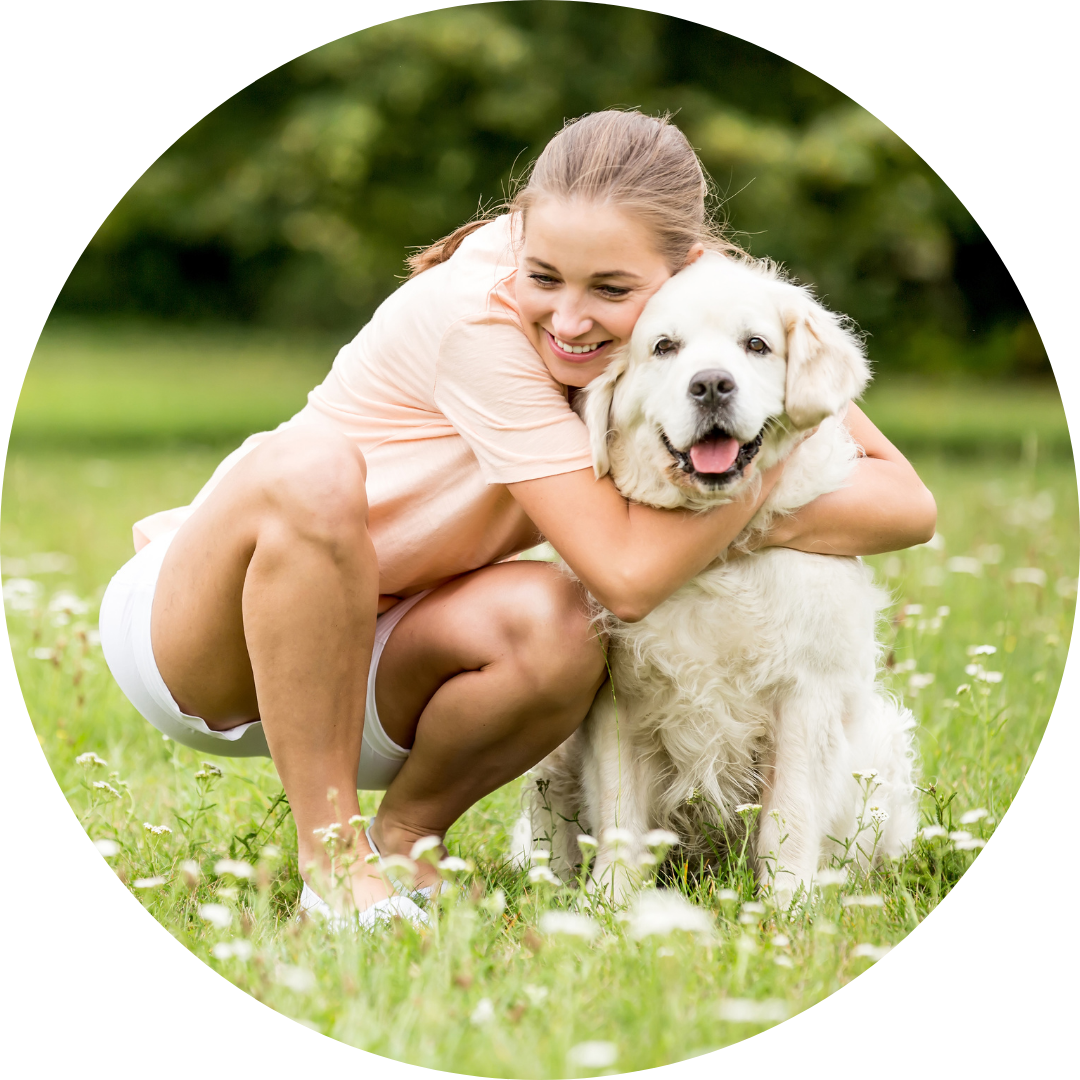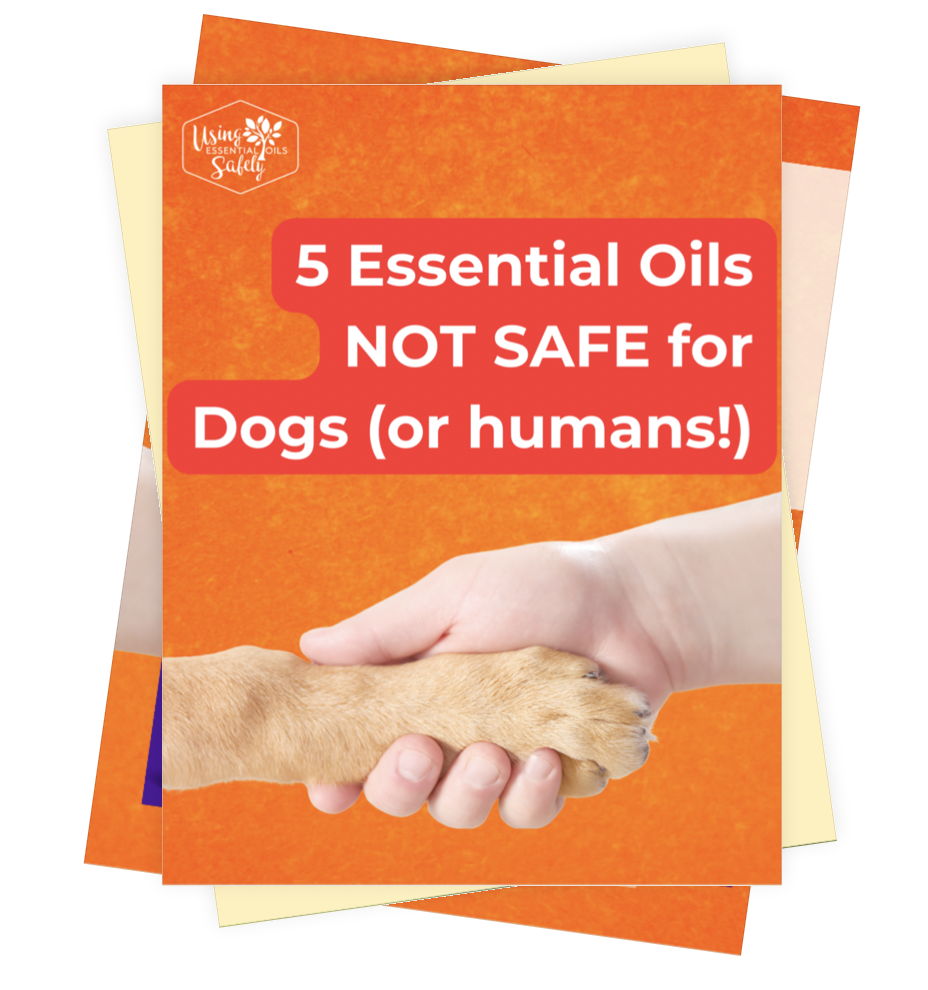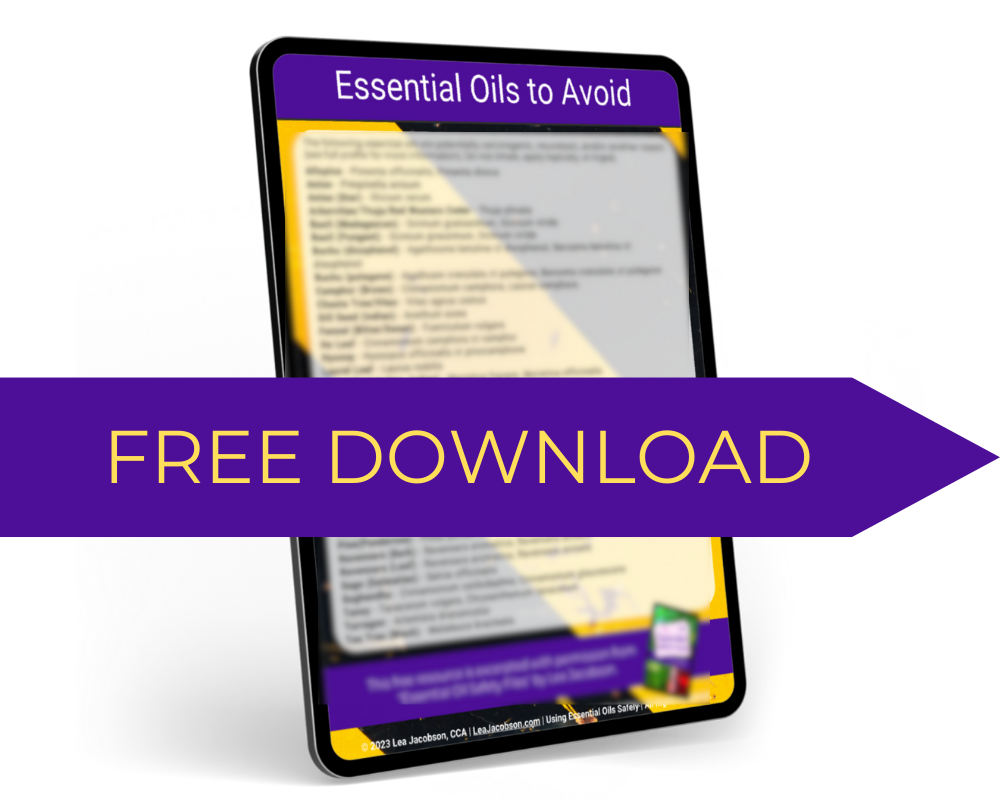
One of my pet peeves...
|
One of my pet peeves is when companies try to sell you essential oils that aren't safe, like Basil, Fennel and Nutmeg.
The steam distillation process, the most common method of turning plants into essential oils, can cause safe and even beneficial herbs to be harmful once they've gone through the distillation process and made into essential oils.
I explained this process in my free Introduction to Essential Oils classes, so I don't want to take up time here with that same info, but today I'd like to focus on 5 essential oils not safe for dogs (or humans). And I know you'll be surprised at them.
Annnnnd to let you know how to tell the difference between essential oils that have the same name. You'll want to go through your essential oils and blends to see which ones to toss so you aren't exposing yourself or your pets to these carcinogenic, neurotoxic, and otherwise unsafe, essential oils. Ready? |
5 Essential Oils NOT Safe for Dogs (or humans)
|
.There's nothing like finding out something you love is bad for you.
It's common knowledge that there's a better source of nutrition than fast food - and we know to stay away from large amounts of sugar.
But when it comes to essential oils, the consensus is "they're fine because they're natural."
Well, before I go on, lots of natural things are also harmful like venomous snakes and even plants like poison ivy, and substances like arsenic.
So let's not quickly nod when we hear "natural equals safe."
And are essential oils natural anyways? I mean, do we stumble on essential oils when we take a stroll through the forest? Or do we have to get involved with our distiller to turn the plants into essential oils?
When we decide to change a whole plant into something else, like highly concentrated essential oils sometimes we're going to end up with something that's more harmful.
So let's look at 5 Essential Oils NOT Safe for Dogs (or humans).
The first of 5 Essential Oils NOT Safe for Dogs (or humans) is Basil.
When we take a basil plant and create an essential oil out of it instead of making pesto, we're going to have problems. Basil, as a whole plant, is amazing and wholesome, and it contains both anticarcinogenic and pro-carcinogenic constituents. As the whole plant, the anti- outweighs the pro- and doesn't harm us.
But during distillation the oil-soluble constituents are being separated out of the plant and collected as an essential oil, and then we're left with an essential oil that has high amounts of pro-carcinogenic constituents like estragole and eugenol, which make it tricky to use at a safe dilution. The exception would be the linalool chemotype of Basil, the only one I recommend, but even that needs to be diluted well before using.
Remember, dogs are way more sensitive to essential oils due to their amazing noses. So eat your pesto, but toss the Basil essential oil including Basil in blends, unless it's the linalool chemotype. I've listed the worst offenders in the full list of essential oils not safe for anyone, here (or scroll down to purple box).
The second of 5 Essential Oils NOT Safe for Dogs (or humans) is Fennel.
Fennel as the herb is amazing for digestive issues, but as the essential oil it's unsafe to use. Like with Basil, during distillation the oil-soluble constituents are being separated out of the plant and collected as an essential oil, then we're left with an essential oil that has high levels of pro-carcinogenic constituents like estragole.
Fennel is in most blends sold for digestive issues because most companies assume that because of the herb is safe, the essential oil is also safe and that's just not true.
Fennel seed, not the essential oil, can be made into digestive tonics. But stay away from Fennel essential oil and check your bottles for any blends containing Fennel essential oil. You'll want to get rid of those.
The third of 5 Essential Oils NOT Safe for Dogs (or humans) is Nutmeg.
Nutmeg is unique in that even the spice needs to be used with caution. It's fairly common knowledge by now that ground nutmeg can be psychotropic even with doses as low as two teaspoons.
Most of us, aren't going to consume that much at once but when we combine that information with the knowledge essential oils are at least a hundred times more concentrated than the plant itself, and we consider that two teaspoons of ground nutmeg is comparable to two drops of essential oil... well, that's easier to swallow - literally.
But we don't have to assume, that's what research is for. We do have evidence that nutmeg essential oil is in fact problematic. It is psychotropic just like the ground version of nutmeg is, and it's carcinogenic. So keep Nutmeg essential oil away from your dogs and yourself, and yes, that does include any blends containing Nutmeg essential oil - they are most commonly found in holiday blends. The botanical names are on the full list of essential oils to avoid here (or scroll down to purple box).
The fourth of 5 Essential Oils NOT Safe for Dogs (or humans) is Arborvitae.
This one is pronounced a number of ways and has a number of common names. Arborvitae, Thuja, Western Red Cedarwood. And the botanical name for clarity is Thuja plicata.
This essential oil is not as common as the other ones I've mentioned so far, but I do see it recommended for pets so it bears mentioning. The concern with Arborvitae essential oil is the high level of thujone making it neurotoxic. So the irony of one popular vet, who's also an essential oil rep, recommending this in a blend to keep pets calm during the fireworks. It's neurotoxic. But do we really want our pets to be calm because we're poisoning them? It's like purchasing tear free shampoo for our babies, not knowing it's the formaldehyde numbing, their eyeballs and preventing the tears from forming. There are lots of calming essential oils that don't promote nerve damage and Abrborvitae (Thuja) isn't one of them.
Now for the final of 5 Essential Oils NOT Safe for Dogs (or humans) is Tansy.
While there were a number of essential oils I could have chosen to complete this top five list, I'm choosing Tansy for two reasons. The first is that, well, it's neurotoxic. This is due to high levels of thujone content, but also because I want to highlight the importance of botanical names.
So when I said Tansy, were you confused? Did you wonder about Blue Tansy, which is safe for humans, but not dogs?
If you'd like to be able to tell the difference between essential oils with the same name or similar names then you can do so by checking the botanical name. Reputable companies will include the botanical name for the essential oils that they sell including the blends. If they don't make room on the bottle, for them, check their website.
Tansy's botanical name is Tanacetum vulgare. Sometimes it goes by Chrysanthemum tanacetum. Blue Tansy's botanical name is Tanacetum anuum. And it's also not safe for dogs, but it is for humans.
As a reminder, the five essential oils not safe for dogs and humans should not be used in any form, and that includes inhalation. This also means that any blends containing these essential oils should not be used. |
If you'd like to download and print this info, scroll to find the yellow box and let me know where to send it!

These tips are just the beginning...go deeper with my book Using Essential Oils Safely with DOGS!

In upcoming episodes we'll continue to explore using essential oils safely with your dog and other pets, buuuuut if you don't want to wait you can grab my book, Using Essential Oils Safely With DOGS.
In this book, I've included safety profiles for 250 essential oils clearly marked, so you know which essential oils are safe to use with your dog and which ones to avoid.
You'll also find recipes designed specifically for use with dogs with the same detailed information I include inside Recipes Lab™ for humans, the essential oils best to use for the health issue, specific dilution, exactly how to use, and more...

Send "5 Essential Oils NOT Safe for Dogs (or humans)" to my Inbox!
Your info is never shared with anyone, and you can unsubscribe any time.

"Essential Oils to Avoid" FULL LIST
Your info is never shared with anyone, and you can unsubscribe any time.
DISCLAIMER: You may have a serious health issue that requires medical attention. The information provided is for educational purposes and is not intended to be a substitute for professional medical advice, diagnosis, or treatment. Always seek the advice of a qualified health provider about any questions you may have regarding a medical condition. Never disregard professional medical advice or delay in seeking care because of something you have read here. Read full disclaimer here.
© 2024 Lea Jacobson, CCA | Using Essential Oils Safely | UEOS, LLC | All Rights Reserved.
